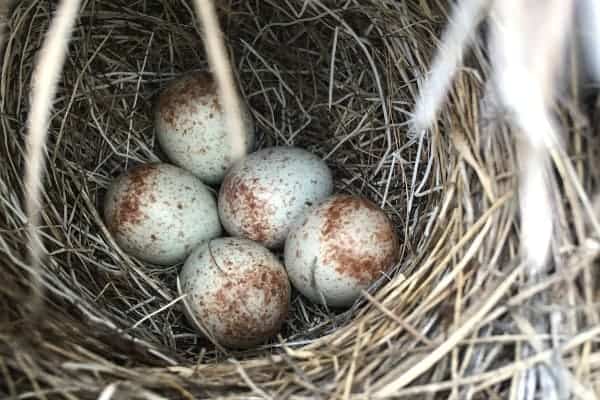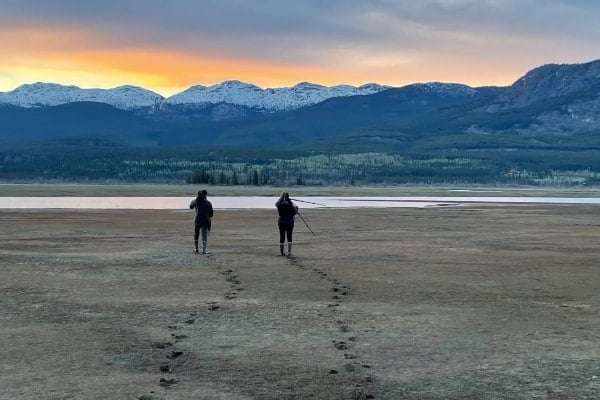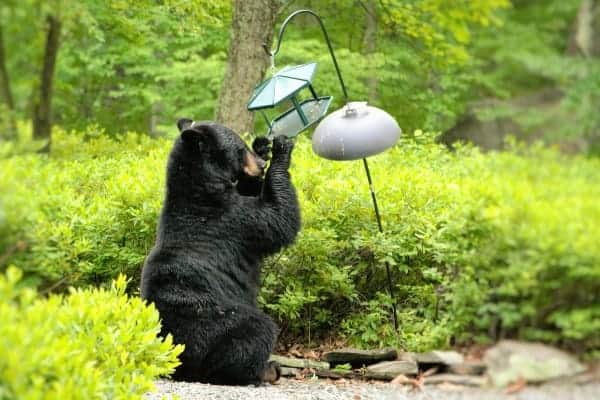Fall migration is over, but you can still see some pretty cool birds around if you know where to look.
One popular birding area is along the Yukon River near the Rotary Centennial Bridge. The open water here attracts a wide array of species, and it’s a special spot for birds and birders, said Cameron Eckert, president of the Yukon Bird Club.
It’s my go-to site year-round to catch a glimpse of diving ducks, like mergansers, which troll the river current with their heads down in search of fish and underwater insects.
Next week Eckert will lead a free guided bird walk, called What’s on the River, where the club will look for birds that are enjoying the river even as temperatures plummet.
“It’s a very good spot for seeing late migrants, songbirds and waterfowl,” Eckert said.
“We’ve also seen American Robins, American Dippers and Mergansers, late lingering Mallards, and last year there was a Belted Kingfisher nearby.”
Eckert keeps his eye on most of the birding areas in the Yukon, and began offering the leisurely noon hour walk along the river here three years ago. The event is for beginners and expert birders alike.
“It’s not an epic all-day adventure, it’s a noon- hour stroll that fits with many people’s schedules,” Eckert noted.
But at the same time, “It can be pretty exciting.”
The area is quite important to true wintering birds like the American dipper, which likes fast currents, Eckert noted. The chubby dark grey songbird is frequently seen below the Rotary Centennial Bridge, perching and singing from under the ice at the river’s edge, a sort of echo chamber in the cold winter air. (The dipper moves to higher elevations in summer.)
Historically, the Whitehorse Rapids raced by here and that would keep the area open, Eckert said. “Quite likely it has always been mostly open in the coldest parts of the winter months.”
Records show some migrating species may hang out here well into winter, and so it’s also a popular spot for birders looking for something unusual to add to their Christmas Bird Count list, which is an annual international birding event.
During one such count numerous American robins were observed.
Has climate change affected the kinds of birds that winter here?
“It’s likely created an opening for species that can marginally survive here in winter: American robins, bald eagles and a whole variety of ducks that wouldn’t have historically been found here in winter, like the Barrow’s goldeneye.
“You could say that climate change has created a role in boosting variety of birds seen in Whitehorse in winter.
The conservation biologist likes the fact that birders and others can access the Millennium Trail more easily now in winter, and that it’s being maintained as a non-motorized trail.
“That’s good for birds and good for people, too.”
Anyone interested in joining the walk can meet Cameron Eckert at the Fish Ladder at noon, on Wednesday, November 15. Binoculars will be available for use. One tip: dress warmly.
Happy birding!
What’s on the river? – A winter warm-up to the Christmas Bird Count




